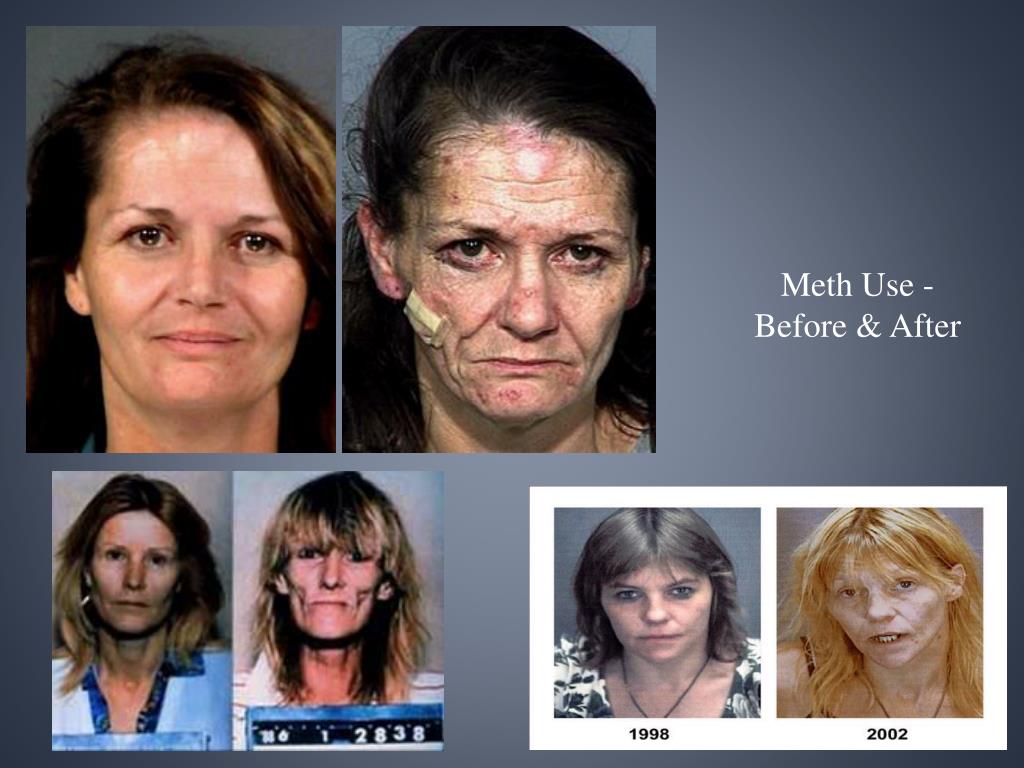

She worried that if anything happened to her, they would have no support and no care.īut she could sleep only a few hours a night, between helping her mother with bathroom visits and her father with the land, the animals and household tasks.

Their health was deteriorating and she was trying to stay away from cooking meth as much as possible. Lenka was looking after her ageing parents, helping them with the house and their personal care needs. Lenka was a vibrant, hardworking person who played with words like a poet and made me laugh. When I finally tracked her down, I realised that the stereotype in my head of a long-term addict, constructed partly from American films, was plainly wrong. Her name was known in the meth community.

The person I really wanted to meet was a meth cook called Lenka. Lenka: a portrait of methamphetamine addiction in the Czech Republic – video They find their “ingredients” in cheap over-the-counter medicines bought from pharmacies in Poland, a short drive away. In the district Josef oversees, approximately half of meth “cooks” are female. Josef let me visit the centre and told me that methamphetamine, known locally as “pervitin”, is mostly made by small home producers in kitchens or back-yard sheds. This was May 2020, and much of Europe, including the UK, was in Covid lockdown, so I decided to drive from London across the continent back home. It was to Josef I turned to find out more about this phenomenon. It accounts for one in every two Czech admissions to specialised drug treatment, and nearly 90% of the illicit meth labs dismantled by law enforcement in the EU annually are Czech.Ī former meth addict called Josef now runs a centre for outpatient treatment in the north of the country. Due partly to a past as the eastern bloc’s centre for pharmaceutical production, the Czech Republic now has the biggest methamphetamine problem of any European country and is Europe’s biggest supplier of meth (also known as crystal meth). People in these institutions were misunderstood, misplaced and many of them got lost in time.īut the Velvet Revolution didn’t sweep away the problem, even if drug policy evolved. Many others were sent to psychiatric institutions, although not much was understood or tolerated about addiction as an illness. Anyone caught in possession and prosecuted faced harsh moral censure and the real threat of a prison sentence. My recollection of those years is that drug use was heavily stigmatised and associated with certain subcultures, including parts of the Czech underground.


 0 kommentar(er)
0 kommentar(er)
